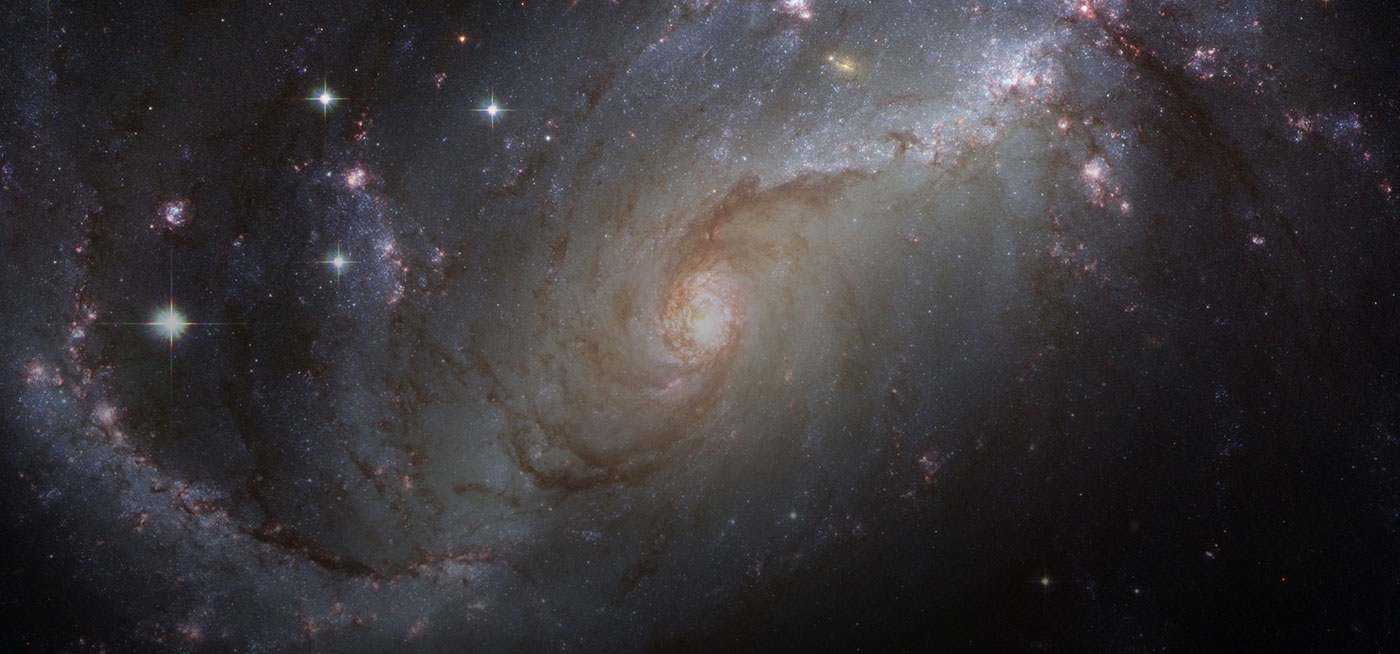

The History of Solar System Exploration From It’s Very Beginnings
The history of solar system exploration dates back to ancient times when people first looked up at the sky and wondered about the stars and planets. However, the modern era of space exploration began in the mid-20th century with the launch of the first artificial satellite, Sputnik, by the Soviet Union in 1957. Since then, many space agencies and missions have been launched to explore the solar system, and each has contributed to our understanding of the planets, moons, asteroids, and comets that make up our cosmic neighborhood.
The early years of solar system exploration were dominated by the Cold War space race between the United States and the Soviet Union. In 1958, NASA was established as the US government agency responsible for space exploration, and in 1961, astronaut Alan Shepard became the first American to go into space. In the following years, NASA launched a series of missions, including the Mercury, Gemini, and Apollo programs, which led to the first human landing on the Moon in 1969.
In addition to NASA, other space agencies around the world also launched missions to explore the solar system. In 1969, the Soviet Union launched the first spacecraft to land on another planet, Venera 7, which landed on Venus and transmitted data back to Earth. In 1971, the Soviet Union also launched the first spacecraft to land on Mars, Mars 3, although its transmissions were brief.
During the 1980s and 1990s, a series of ambitious missions were launched to explore the outer planets of the solar system. In 1986, NASA’s Voyager 2 mission made a close flyby of Uranus, becoming the first spacecraft to visit the ice giant planet. In 1989, NASA’s Voyager 2 mission flew by Neptune, completing its grand tour of the outer planets. The same year, NASA also launched the Galileo mission, which spent eight years orbiting Jupiter and its moons, including the first flybys of the moons Europa and Ganymede.
In the 21st century, solar system exploration has continued with a focus on Mars. In 2004, NASA launched the Mars Exploration Rovers, Spirit and Opportunity, which explored the planet’s surface for over a decade. In 2012, NASA’s Mars Science Laboratory mission landed the Curiosity rover on Mars, which has been exploring the planet’s surface and searching for signs of past or present life. In 2018, NASA launched the InSight mission, which landed a robotic lander on Mars to study the planet’s interior.
In addition to these missions, there have been numerous other missions and projects launched by space agencies and private companies around the world, each contributing to our understanding of the solar system in different ways. For example, the European Space Agency (ESA) launched the Huygens probe, which landed on the moon Titan, the largest moon of Saturn, and provided the first detailed images of its surface.
One of the most exciting recent developments in solar system exploration has been the discovery of exoplanets, planets that orbit stars outside our solar system. Since the first exoplanet was discovered in 1995, astronomers have detected thousands of these planets, some of which are believed to be potentially habitable. In 2016, NASA’s Kepler mission confirmed the existence of an Earth-sized planet in the habitable zone of its star, meaning it could have liquid water on its surface.
The future of solar system exploration looks promising, with numerous missions in the planning and development stages. In 2022, NASA plans to launch the James Webb Space Telescope, which will be the most powerful telescope ever built and will study the atmospheres of exoplanets. In 2024, NASA plans to launch the Europa Clipper mission, which will study Jupiter’s moon Europa, which is believed to have a subsurface ocean that could potentially harbor life. Other missions are planned to explore the moons of Saturn and Uranus, as well as to return samples from Mars and other celestial bodies.
Final thoughts
In conclusion, the history of solar system exploration is a testament to human curiosity and ingenuity. Over the past 60 years, space agencies and private companies around the world have launched numerous missions to explore the planets, moons, asteroids, and comets of our cosmic neighborhood, each contributing to our understanding of the solar system in different ways. As technology continues to advance, we can expect even more exciting discoveries and breakthroughs in the years to come.






Leave a Reply